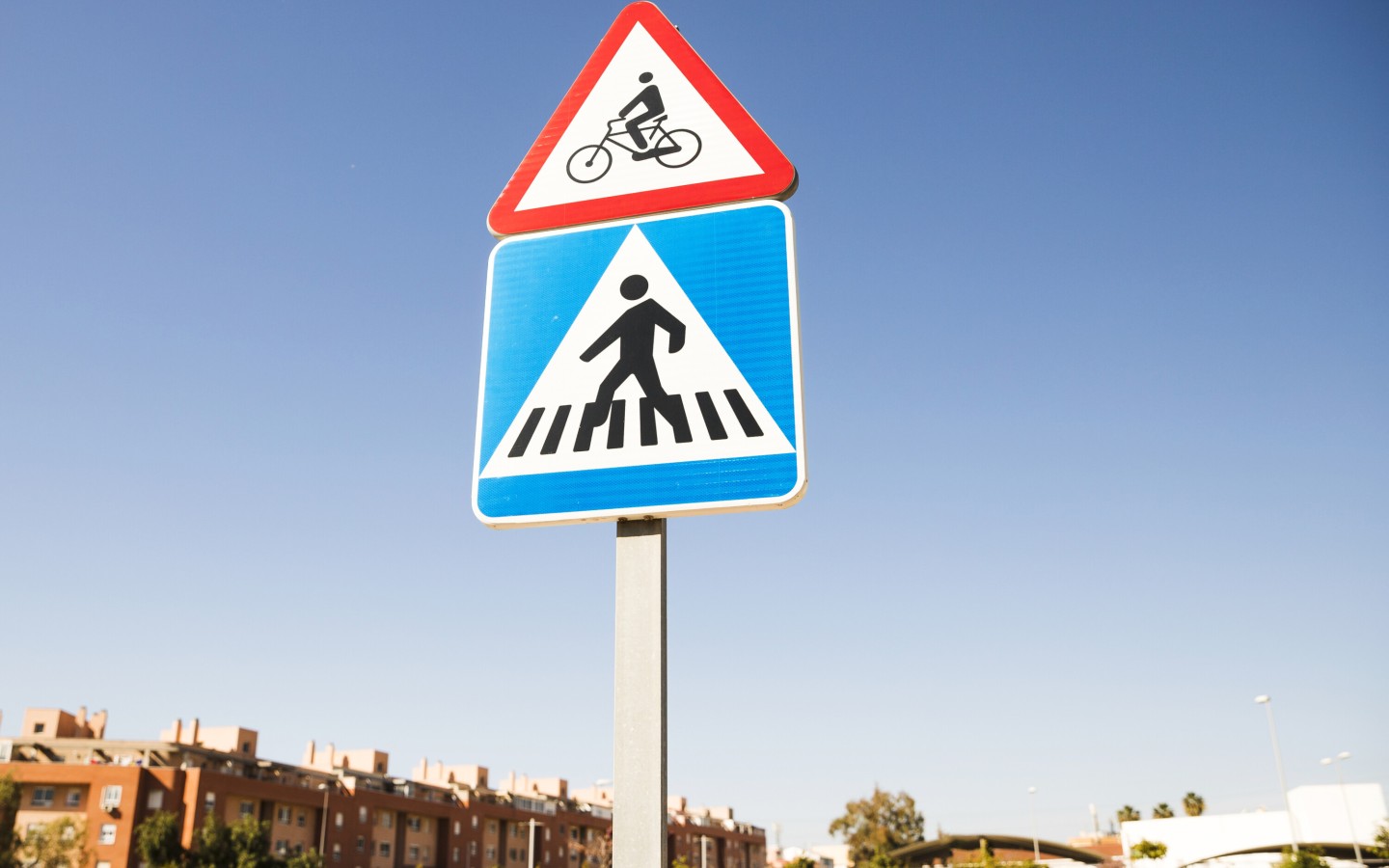What are the latest changes to The Highway Code?

Every few years, the Department for Transport updates The Highway Code. The most recent updates to the code came in January 2022, but you may be unaware of what they are. PTA’s informative blog covers the recent Highway Code changes to ensure you keep yourself and other road users safe.
The hierarchy of road users has changed
The most crucial change to the updated Highway Code was introducing a new hierarchy of road users. People who drive large vehicles, vans and cars are responsible for reducing the danger they pose to cyclists, pedestrians and horse users. Here is how the road user hierarchy is structured
- Pedestrians
- Cyclists
- Horse riders
- Motorcyclists
- Cars and taxis
- Minibuses and vans
- Heavy goods and large passenger vehicles.
Pedestrians have more priority over other road users
Under the updated Highway Code, pedestrians have priority over cyclists, horse riders and motorists. Previously, vehicles had priority over pedestrians at a junction. If you are driving and a pedestrian waits or crosses at a junction, you must give way before turning into the road. This also applies when the pedestrian has started crossing a parallel or zebra crossing. Pedestrians can also walk on cycle tracks unless there is a road sign nearby that prohibits them.
Overtaking when cycling or driving
Another update you may be unaware of is the guidance centred around cyclists and motorists overtaking other road users. If a horse rider or cyclist travels at less than 10mph, you can cross the double white line to overtake them. The updated Highway Code also covers safe passing speeds and distances for people driving vehicles with a motor when overtaking vulnerable road users, such as:
- Leave at least 1.5 metres when overtaking cyclists at speeds up to 30mph and allow more space for higher speeds.
- Give 2 metres of space and do not exceed 10mph when overtaking pedestrians who walk on the road, horse riders and horse-drawn vehicles.
The Dutch Reach
The ‘Waiting and Parking’ section of The Highway Code has been updated to include the Dutch Reach technique when getting out of your car or van. Instead of using the hand closest to the door, you use the far hand to exit the vehicle. For example, when opening the right-hand door on the driver’s side , use your left hand to open the door to leave your car. The idea behind the Dutch Reach is by turning your head and looking over your shoulder, you reduce the risk of potentially injuring an oncoming cyclist.
Have you wondered what the stopping distances are in The Highway Code? Keep you and other road users safe with our informative guide about the UK’s stopping distances.
Ensure your vehicle is roadworthy by booking your annual MOT or service at your nearest PTA Garage. Do you have any questions about the services we offer? Contact our team today.
Related Content

Should I have soft or stiff suspension springs for my vehicle?
Suspension springs are essential for maintaining your vehicle’s stability and ride height. Over time, the springs will succumb to wear and tear, which affects how your car handles, brakes and accelerates on the road. Discover whether you should...

What is engine braking?
Engine braking involves taking your foot off the accelerator pedal, allowing your car to slow down. Over time, the parts on your vehicle’s braki...

A guide to the different types of car clutches
The clutch is responsible for channelling the power from the engine, through to the gearbox, and the wheels. Your vehicle's clutch will differ dependi...

